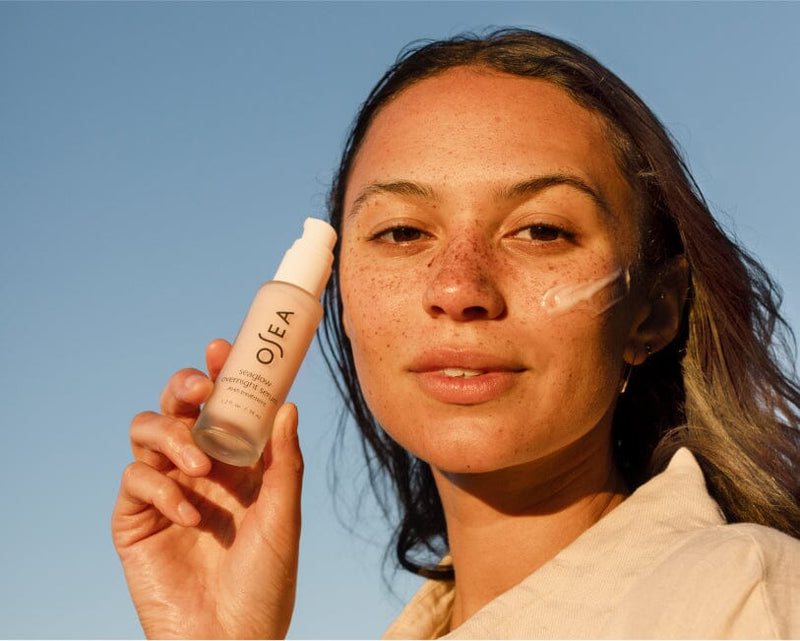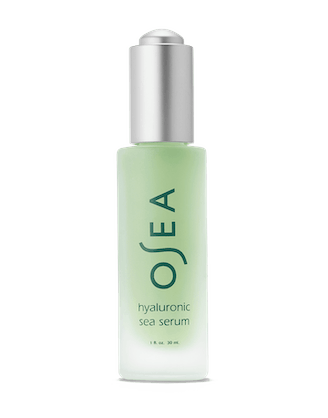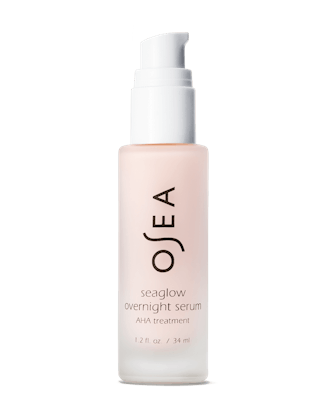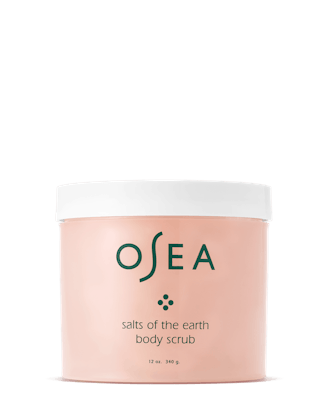The shift from summer to fall means more than the arrival of pumpkin-flavored coffee drinks and back-to-school sales. As we leave the blistering hot days and humidity behind, you might notice more than just your wardrobe changing. The rapid and extreme weather changes, often occurring within the same day, can wreak havoc on your skin and leave you wondering what your complexion needs to stay healthy, hydrated, and glowing.
If your skin feels drier and more irritated than usual as the weather changes, you aren’t alone. It’s common for your skin to look and feel parched, but changing your habits and skincare routine will keep your skin healthy and beautiful in every season.
Why Your Skin Changes Between Seasons
Fall weather doesn’t only mean a drop in temperature. It also means a big drop in humidity. Cool weather tends to bring dry air that pulls moisture out of your skin and leaves it dehydrated. Cranking up the heat can only worsen the issue since heaters also remove water from the air.
Changing seasons can also exacerbate existing skin issues. If you have rosacea, eczema, psoriasis, or just a natural tendency toward parched skin, you might find that your symptoms feel worse when the weather changes since dry air can trigger flare-ups.
Signs of Dry Skin and How to Prevent It
Dry skin isn’t usually too difficult to identify; it often feels tight and might appear scaly, chafed, or flaky. Other symptoms of dry skin include:
- Itchiness
- Irritation or pain
- Cracking
- Chapped lips
- Peeling and flaking
- Bleeding
It’s not just the skin on your face that feels the effects of cold weather, either. Any exposed skin, like your hands, is especially vulnerable to losing moisture, but certain habits can amplify the effects of cold weather on your skin. An extra hot shower, for example, might be a pleasant way to warm up on a chilly day, but the hotter the water, the more it can irritate your skin. Using harsh soaps and cleansers can also strip moisture from your skin and leave it itchy and irritated.
Making a few tweaks to your normal routine, like taking slightly cooler showers, can help prevent the discomfort of dry skin. There are a few other ways to keep your skin soft and supple as winter draws near.
Use Mild Skincare Products
During the summer, you might prefer cleansers, toners, and light lotions that absorb oil and shine and control issues like acne and blackheads. As the temperature cools, these products might be too drying when combined with the cold air. Transition to cleansers, creams, and serums that provide more hydration and create a barrier against moisture loss.
Start your cold weather facial care routine with our Ocean Cleansing Milk, a light, fragrance-free cleanser that leaves skin feeling smoother and more hydrated. Follow up with the Hyaluronic Sea Serum, which will leave skin feeling more supple after two weeks and make fine lines less visible after four weeks¹.
Keep your skin feeling soft and moisturized with nourishing products that won’t weigh you down. Our Advanced Protection Cream is clinically proven to increase hydration by 121% instantly and preserve skin’s hydration levels to help prevent water loss². Dry skin on hands, feet, elbows, or anywhere else is no match for our Undaria Algae™ Body Butter. Enjoy softness and hydration that last 72 hours and help skin look firmer and less crepey with continued use³.
Use a Gentle Exfoliator
Exfoliating your skin removes dead cells and helps stop flaking and feeling. Choose a mild and gentle product and remember to moisturize afterward to prevent damage. Our Seaglow Overnight Serum uses a blend of AHAs to exfoliate the skin, plus seaweed and shiunko oil to restore hydration and support the moisture barrier. Just one use helps skin feel smoother, and continued use smooths the look of pores and helps skin look more even⁴.
Buff away roughness and nourish your skin in one easy step with the Salts of the Earth Body Scrub. Let the mineral-rich salts gently remove dull, dry skin while the shea butter and Gigartina seaweed replenish moisture for a glowing finish.
Keep Using Sunscreen
The sun’s rays can still harm your skin even on a cold or overcast day, so slather on sun protection every day to prevent sunburn and skin damage that will only worsen dryness.
Dry skin from cold weather can also show up on your lips, so protect this delicate skin with a rich balm that contains SPF. Applying lip balm prevents dry, cracked, chapped, and peeling lips.
Stay Hydrated
Even if you aren’t sweating as much, that doesn’t mean you can put the water bottle away. Keep up with your water intake every day to stay hydrated inside and out.
Running a humidifier indoors can help add moisture back into the air and prevent your skin from drying out during the fall and winter.
When Is Cold Weather Good for Skin?
Cooler temperatures aren’t always bad news for your skin. In fact, if you typically have oily skin with large, visible pores, you might find that the fall brings a brighter and clearer complexion. Cold weather helps slow down the production of pore-clogging sebum, reducing acne breakouts and making pores look smaller. Cooler air can also help improve circulation, which can help reduce puffiness and inflammation to keep you looking well-rested and healthy.
Still, it’s important to take good care of your skin in every season and layer on the right products in the right order to get the most out of them. No matter what changes the weather brings, you can count on OSEA to keep your skin looking and feeling nourished.
Citations
1. Based on a third-party clinical study conducted over 4 weeks on 32 women ages 37-65 (including; expert skin grading, instrumental measurements & consumer perception study).
2. Based on an instrumental measurement in a clinical study on 34 women ages 40-65 exposed to extreme, dehydrating weather conditions.
3. Based on a third-party consumer perception & clinical study conducted over 4 weeks on 32 women ages 37-65.
4. Based on a third-party consumer perception study conducted over 4 weeks on 32 women ages 37-65.






